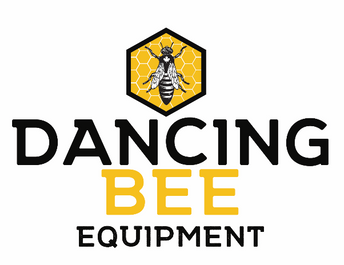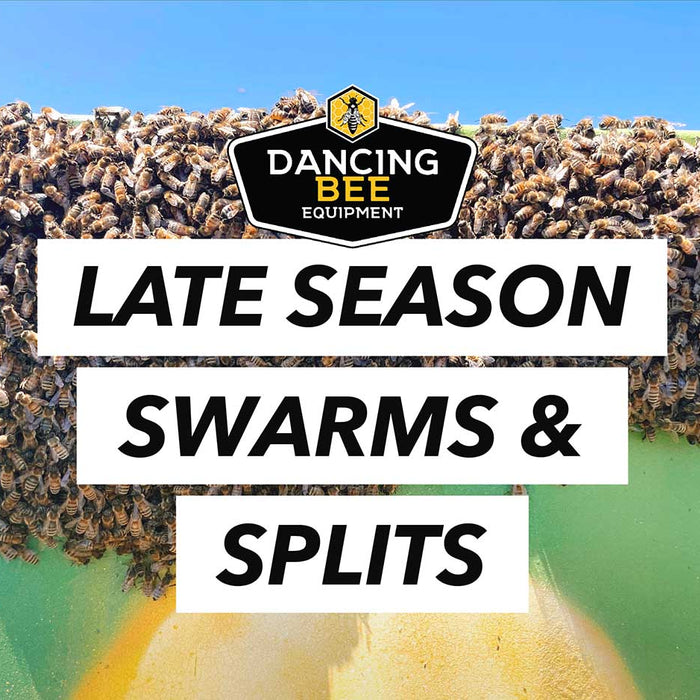Splitting a beehive colony is a common practice in beekeeping and involves creating two separate colonies from a single hive. This process is typically done to prevent swarming, increase the number of colonies, or manage the health and productivity of the bees. Here's a general guide on how to split a beehive colony: Timing: Choose the right time to split the colony, typically during the spring when the colony is strong and actively growing. This allows the newly formed colonies to have enough time to establish themselves before winter.

Preparation: Ensure you have the necessary equipment ready, including extra hive boxes, frames, bottom boards, lids, and feeders if needed. Make sure the new hives are clean, assembled, and ready for the bees.

Location: Decide on the location for the new hive(s) beforehand. Ensure it is suitable, with access to forage, sheltered from extreme weather conditions, and away from potential disturbances.

Find the Queen: Locate the queen bee in the original hive. This can be done by carefully inspecting the frames or using queen excluders to confine her to a specific area.

Divide the Frames: Remove frames containing brood (eggs, larvae, capped cells) and bees from the original hive. Ideally, each new hive should have a mix of brood, honey, and pollen resources. Ensure that each new colony receives an adequate number of frames to support their growth.

Create New Hives: Place the frames with brood and bees into the new hive boxes, distributing them evenly. Add additional frames with foundation or drawn comb to provide space for future expansion. Each new hive should have its own bottom board, lid, and entrance reducer.
Reassemble the Original Hive: After removing the frames for the new colonies, rearrange the remaining frames in the original hive to close any gaps and maintain its structure. Ensure there are enough resources left for the original colony to continue thriving.

Feeding and Monitoring: Newly split colonies may require supplemental feeding, especially if resources are limited. Provide them with sugar syrup or other appropriate feed to help them establish themselves. Regularly monitor the new hives to ensure they are building up their populations, collecting resources, and maintaining a healthy brood.
Queen Cells and Replacement: If the split colonies do not have a queen; it is the perfect time to put in a North Star local queen bred for our climate.
Allow Adjustments: Give the newly split colonies time to adjust and settle into their new homes. Avoid excessive interference during this period, but continue monitoring their progress and health.
Unleash the Potential: Split your beehive and unlock endless possibilities! Join the buzzing community of successful beekeepers who reap the benefits with healthy, productive colonies. Visit us today and let your beekeeping dreams take flight!










